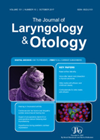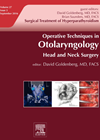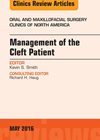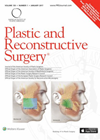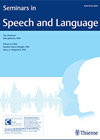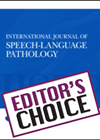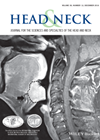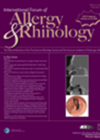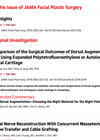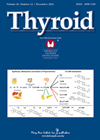
Journal Reviews archive for March 2017
Head and neck high dependency unit - an alternative to ITU?
Close observation of the airway is a primary requirement for patients undergoing major head and neck surgery. It is also necessary for patients with upper airway infection and trauma. Wound care, drains, feeding and analgesia also require specific attention. Whilst...
Parathyroid pearls
This article serves to deliver some pearls of wisdom in parathyroid surgery for the ‘low volume parathyroid surgeon’. They have been divided into those relating to the preoperative diagnosis, imaging and localisation techniques and surgical difficulties. Recognised sources of error...
Rhinoplasty for the cleft lip and palate patient
The cleft nose is one of the most challenging pathologies for rhinologists and facial plastic surgeons to address. The combination of architectural deformity (related to the extent of lip deformity) and scarring from previous surgery combine to cause the surgical...
Facial filler danger zones
Non-surgical facial rejuvenation techniques are increasing and are now undertaken by plastic, maxillofacial and ENT surgeons as well as non-surgeon technicians in the private sector. Although the technique of using fillers is less invasive than surgical options, it is not...
Harnessing technology for the benefit of children with significant communication difficulties
This article describes future needs in provision and research in the field of augmentative and alternative communication (AAC) aids for children with significant communication difficulties. The authors highlight the needs of users and the opportunities that technology could provide in...
Snap: do voice patients’ self-ratings match the professionals or the machines?
Self-rating by people with voice disorders and perceptual assessments by speech and language therapists are generally quicker and cheaper than acoustic voice analysis. Reports, with small sample sizes and mixed participant groups, on whether these measures are associated have demonstrated...
Smoking causes cancer – so what’s new?
You may well ask what is the novel value of a paper looking at smoking habits in patients with confirmed head and neck squamous cell carcinoma (HNSCC), but this paper highlights some pertinent points for clinical practice in the current...
Sellar surgery – when to prepare for repair
Endoscopic sellar surgery, especially for adenomas, is a relatively safe, straightforward surgery with (mostly) reproducible results and few complications. One of the commonest complications is the creation of a CSF leak with the subsequent need for repair (there is usually...
Direct intratemporal facial nerve to hypoglossal nerve coaptation for facial reanimation
The hypoglossal nerve is a common axonal source for dynamic facial nerve rehabilitation. In its regular and modified forms of splitting the nerve it is associated with tongue hemiatrophy, speech and swallow dysfunction, facial movement and hyper contracture. This case...
What is the optimum duration of voice rest after microlaryngoscopy procedures?
Recent survey data looking at the opinions and practices of otolaryngologists in the US and the UK demonstrate that there is a wide variation in recommendations made for voice rest after vocal fold surgery. In the US, the most common...
Playing hide and seek with parathyroid glands
This article focuses on revision surgery with respect to parathyroid glands. Clearly the stakes are higher with respect to the patients’ risks, but also with respect to the revision surgeon in finding the offending gland in scar tissue, where someone...
Papillary thyroid cervical metastases usually remain stable for years
Most patients with papillary thyroid carcinoma (PTC) have excellent disease-specific survival (DSS). Even with lymph node metastatic recurrence, the 10-year survival is 85%, and 15-year survival 73%. There is a growing trend of minimising morbidity in differentiated thyroid carcinoma (DTC)...

